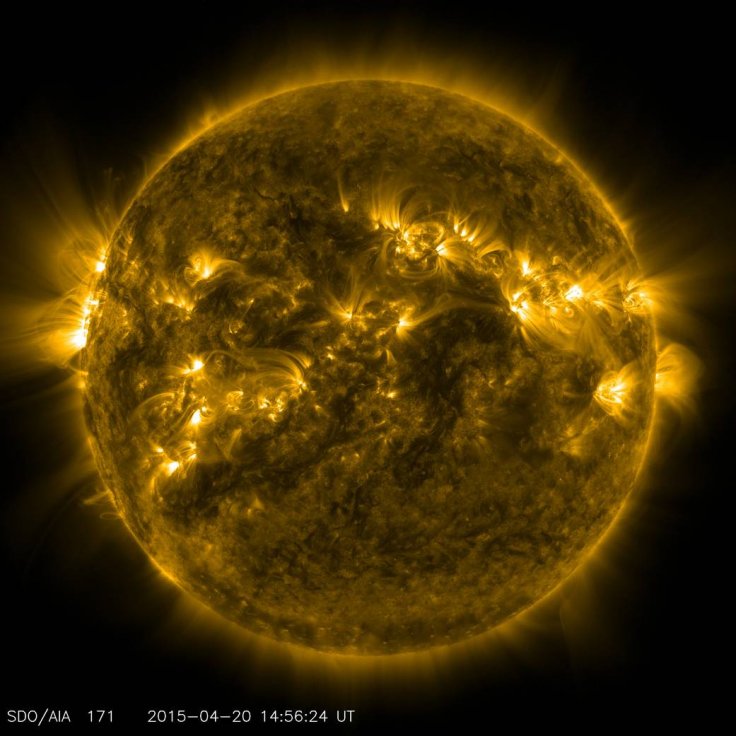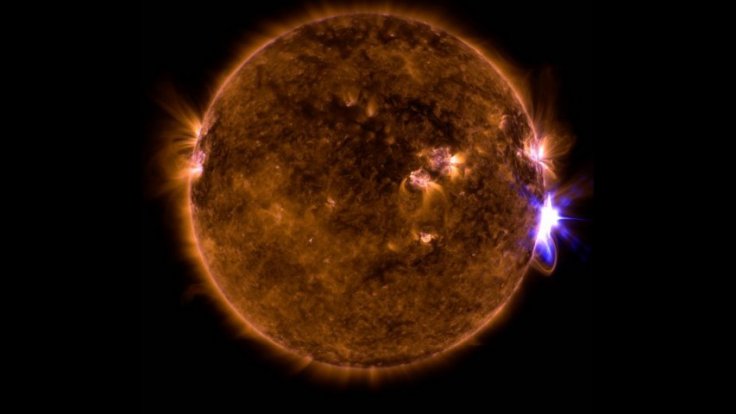
A new study conducted by the U.S. Geological Survey (USGS) revealed that the effects of a solar storm could worsen due to the presence of certain types of rocks within the affected region. This means that areas that are rich in these kinds of rocks could experience more severe power outages, electrical failures and communication disruptions.
Solar storms are formed after a disturbance occurs on the surface of the Sun, causing the giant star to emit high-energy plasma known as coronal mass ejections into space. These ejections can travel across vast distances in space and occasionally hit Earth. When this happens, the high-energy particles from the coronal mass ejections interact with Earth's magnetic field, causing various electrical problems.
In a previous study released by the USGS, which was published in the journal Space Weather, it was revealed that certain geological features can worsen the effects of solar storms in particular regions. According to the study, one of these is the presence of sedimentary rocks. The agency noted that these kinds of rocks are effective electrical conductors because their inner pores tend to retain water. As a result, these rocks can intensify the effects of high-energy particles during solar storms.

Likewise, igneous and metamorphic rocks can also increase the potential disruption caused by a solar storm. Although they should be more electrically resistive than sedimentary rocks because they're less porous, the USGS noted that metamorphic and igneous rocks can still worsen solar storms depending on the type of structure built on top or near them.
"If you've short-circuited the insulating part of the earth with a power grid, it flows right through it," Jeffrey Love, the lead researcher for the USGS' study told National Geographic. "One power grid in one part of Europe might be perfectly fine, but another just a few hundred kilometers away might be seriously impacted by the same event," Juha-Pekka Luntama, the head of the space weather for the European Space Agency's Space Situational Awareness Program, added.
Based on the findings of the study, the USGS warned that certain regions on Earth could experience harsher solar storm effects depending on the types of rocks within the area. This means residents in these areas might suffer through longer power interruptions and more severe telecommunication problems during a solar storm event.









